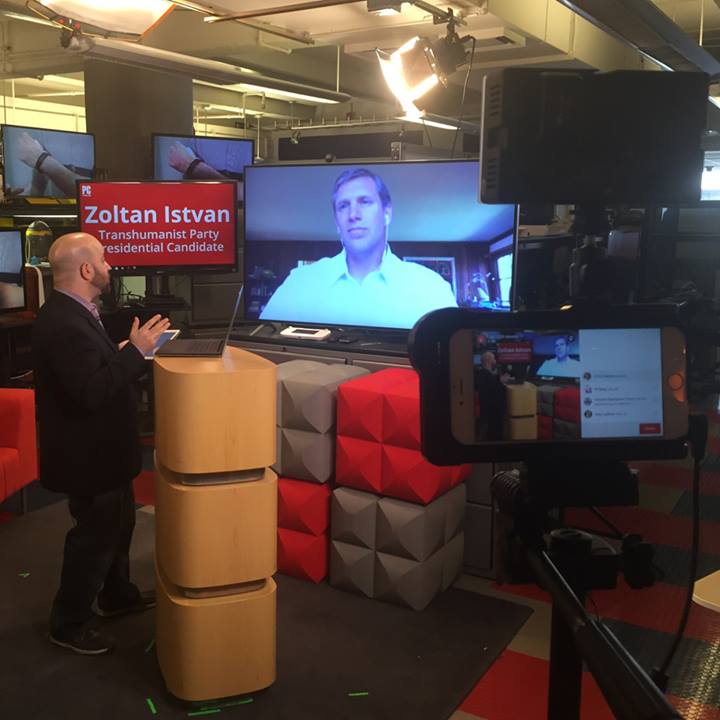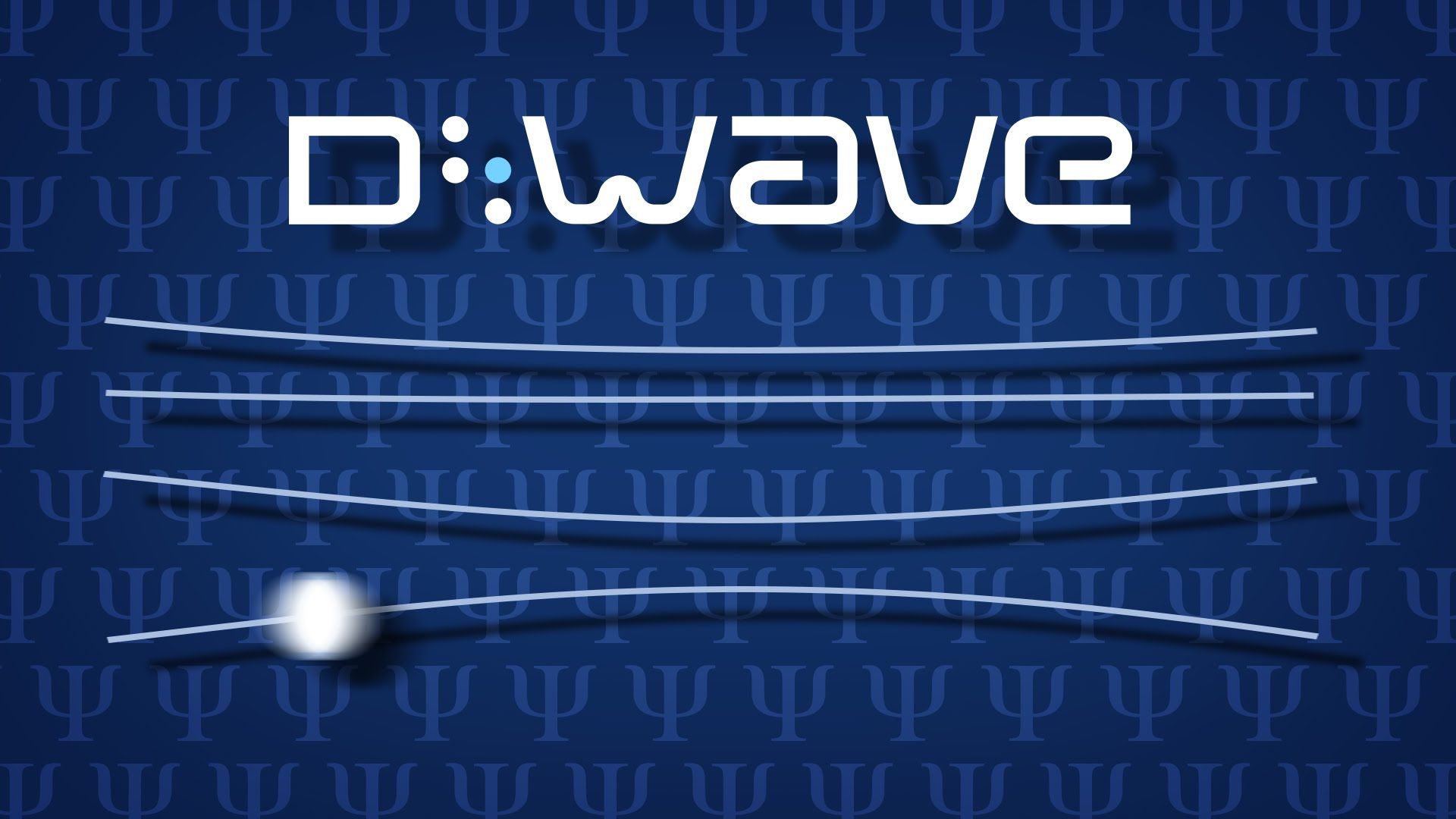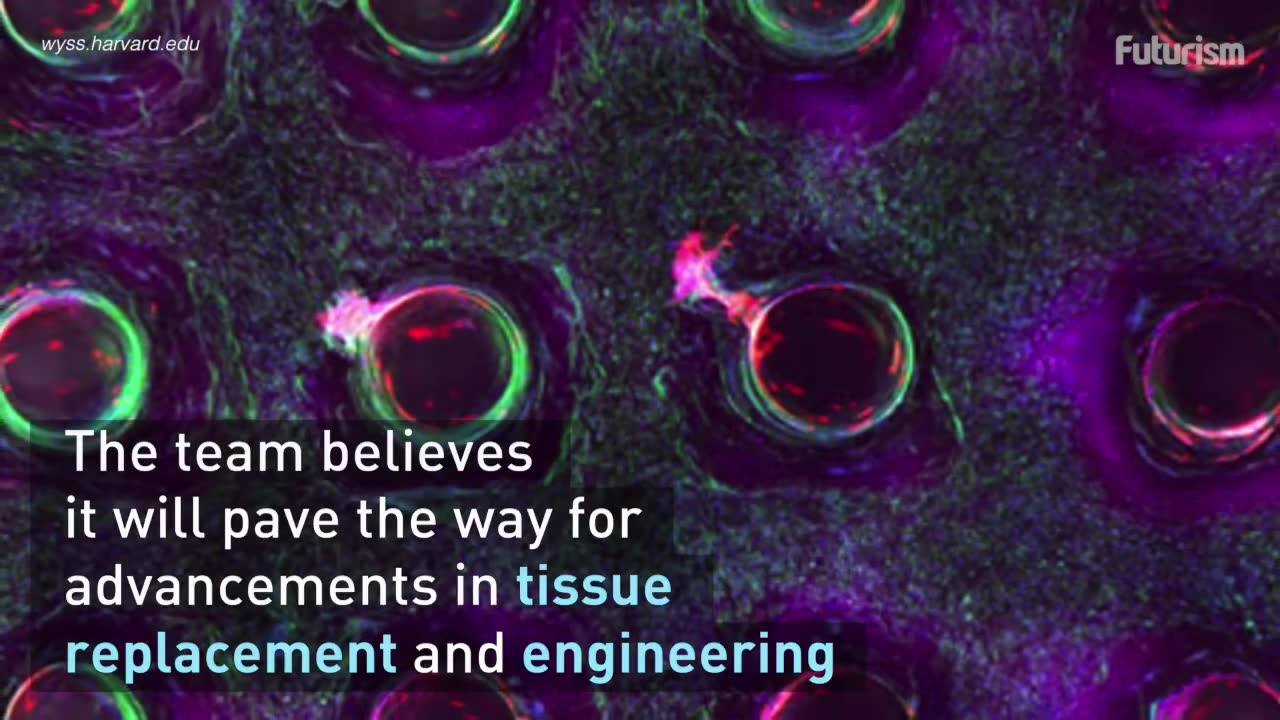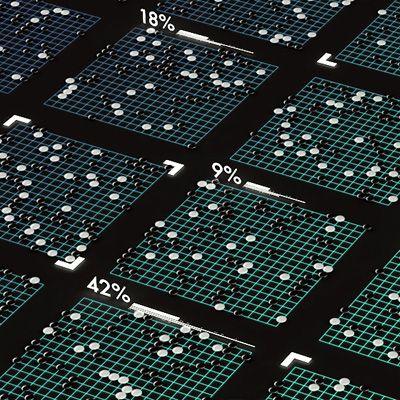Page 11311
Mar 30, 2016
Reaching for the stars: How lasers could propel spacecraft to relativistic speeds
Posted by Andreas Matt in categories: innovation, space travel
In a bold but scientifically sound proposal, NASA-funded research has laid out a roadmap toward spacecraft with relativistic speeds for the exploration of nearby stars (Credit: NASA). View gallery (8 images)
How do you send man-made probes to a nearby star? According to NASA-funded research at the University of California, Santa Barbara (UCSB), the answer is simple: assemble a laser array the size of Manhattan in low Earth orbit, and use it to push tiny probes to 26 percent the speed of light. Though the endeavour may raise a few eyebrows, it relies on well-established science – and recent technological breakthroughs have put it within our reach.
Mar 30, 2016
Interview: Transhumanism expert Zoltan Istvan
Posted by Zoltan Istvan in categories: geopolitics, transhumanism

A live interview on transhumanism for PC Mag, part of Facebook’s new live steam tech (a few glitches but still fun): https://www.facebook.com//videos/10154011436098396/
Evan Dashevsky — PCMag interviews Zoltan Istvan, Transhumanist Party presidential candidate.
Mar 30, 2016
Could AlphaGo Bluff Its Way through Poker?
Posted by Klaus Baldauf in categories: neuroscience, robotics/AI
One of the brains behind Google’s Go-winning software says a similar learning approach makes it as good as a human expert at Texas hold ‘em poker.
Mar 30, 2016
Global championship of driverless cars
Posted by Klaus Baldauf in categories: information science, robotics/AI, transportation
Mar 30, 2016
Silicon Valley Looks to Artificial Intelligence for the Next Big Thing — By Quentin Hardy | The New York Times
Posted by Odette Bohr Dienel in categories: business, machine learning, robotics/AI
” “There is going to be a boom for design companies, because there’s going to be so much information people have to work through quickly,” said Diane B. Greene, the head of Google Compute Engine, one of the companies hoping to steer an A.I. boom. “Just teaching companies how to use A.I. will be a big business.” ”
Mar 30, 2016
Quantum computing with single photons getting closer to reality
Posted by Andreas Matt in categories: computing, quantum physics
(Phys.org)—One promising approach for scalable quantum computing is to use an all-optical architecture, in which the qubits are represented by photons and manipulated by mirrors and beam splitters. So far, researchers have demonstrated this method, called Linear Optical Quantum Computing, on a very small scale by performing operations using just a few photons. In an attempt to scale up this method to larger numbers of photons, researchers in a new study have developed a way to fully integrate single-photon sources inside optical circuits, creating integrated quantum circuits that may allow for scalable optical quantum computation.
The researchers, Iman Esmaeil Zadeh, Ali W. Elshaari, and coauthors, have published a paper on the integrated quantum circuits in a recent issue of Nano Letters.
As the researchers explain, one of the biggest challenges facing the realization of an efficient Linear Optical Quantum Computing system is integrating several components that are usually incompatible with each other onto a single platform. These components include a single-photon source such as quantum dots; routing devices such as waveguides; devices for manipulating photons such as cavities, filters, and quantum gates; and single-photon detectors.
The Go-playing program teaches itself to replicate something very much like human intuition, an advance that promises far-reaching consequences.
Mar 30, 2016
New Video: The Physics of Quantum Annealing
Posted by Klaus Baldauf in category: quantum physics

In our last video we explained quantum annealing, and how the D-Wave system uses it for computation. In this new video we drill down into the physics of quantum annealing, and explain the concepts of the Hamiltonian and Eigenspectrum.
















